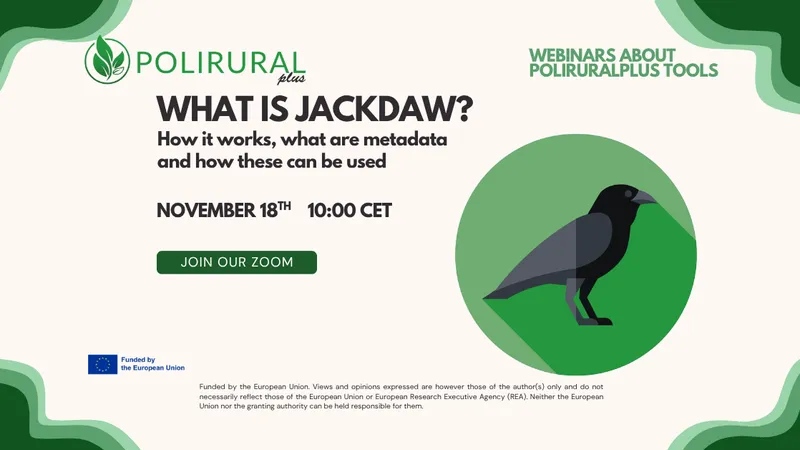Even before the two-day DIPS IDEATHON organised by Úhlava, o.p.s. kicked off in Klatovy at the end of September, it was clear that this would be far more than an ordinary competition. The purpose of the event was to create a space where people from different fields – farmers, tourism entrepreneurs, regional development experts, mayors, as well as IT students and teachers – could meet and think together about how to improve life in our Czech-Bavarian border region.
The challenges facing Šumava, the Pošumaví region and the Bavarian Forest are not small. The region is dealing with rapid climate changes, dependence on traditional industries, insufficient digital infrastructure, and also the fact that different sectors still do not cooperate as much as they could. And this is exactly where the IDEATHON comes in – a place where new digital tools, platforms and ideas can emerge to help tackle these issues.
What was addressed during the ideathon?
The organisers prepared four major themes that are key to the region. Each represented a different world, different needs and different opportunities:
1. Agriculture and production digitalisation
How can data on weather, markets or soil help farmers plan better? Teams brainstormed applications capable of recommending crops, predicting prices or monitoring subsidy opportunities.
2. Smart and sustainable tourism
Tourism is growing – but how can the region handle it responsibly? Participants proposed smart maps and guides that would help visitors choose where to go while enabling municipalities to better manage services and promotion.
3. Regional food and gastronomy
Students explored how to connect farmers, producers and restaurants so they can better share their supply and logistics. Ideas included, for example, an app for a “Gastronomic Trail through Šumava.”
4. Regional planning and subsidies
Mayors often do not know which subsidies they are eligible for. One of the ideas was a “digital project repository” that would automatically suggest relevant funding options to municipalities.
There was even a proposal for a “digital twin of the region” – a system that would integrate all the above-mentioned areas into one clear and functional ecosystem.
What followed after the ideathon?
When students presented their concepts, it became clear that their ideas were far from mere theoretical exercises. The jury especially appreciated their ability to think in context – about the landscape, people, data and the overall future of the region.
And because the organisers did not want the ideas to end up in a drawer, participants were invited to an autumn educational excursion to universities in Plzeň and Prague. There, they saw technologies that helped them better understand their own proposals: drones, robots, laser scanners, smart glass and state-of-the-art laboratories at CTU. For most students, it was a powerful experience and confirmation that technical fields have a lot to offer.
Why is this important?
The Klatovy IDEATHON showed that when young energy, openness to new technologies and real regional challenges come together, something truly meaningful can emerge. And even better – the ideas do not have to remain on paper. The Mobilise project plans to continue working with several proposals and test them in practice.
For students, it is an opportunity to see that their work can have real impact. And for the region, it is a way to strengthen competitiveness, attract talent and start a more modern approach to rural and urban development.
What happens next?
At the end of the ideathon, the jury selected the most promising project – but at the same time acknowledged that all teams dealt with the challenges excellently. All participants were then given the opportunity to explore university laboratories. Yet this is not the end of the process – some teams may continue developing their ideas, either within their schools or in collaboration with experts.
One thing is certain: the Pošumaví and Šumava regions are not only places of tradition and beautiful nature. They are becoming places where modern digital solutions are born. And the Klatovy IDEATHON proved that the region’s future can be not only green, but also smart.




Existing Comments